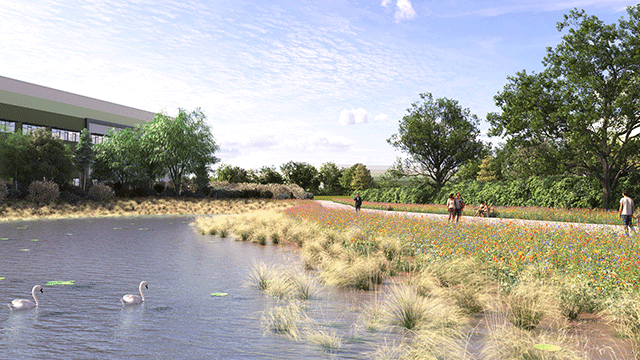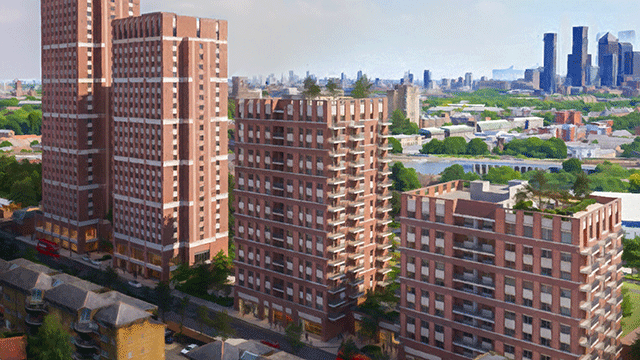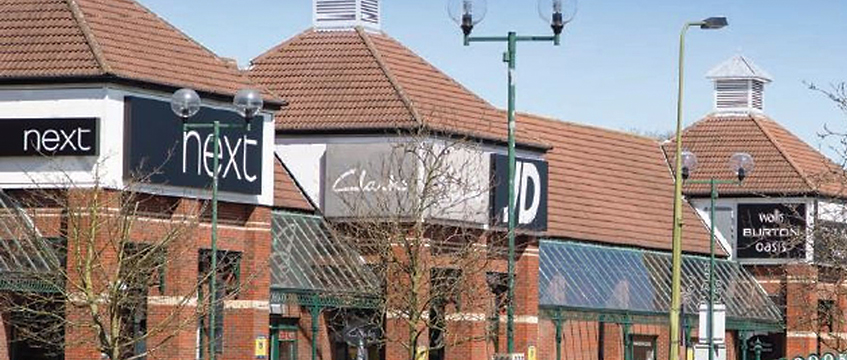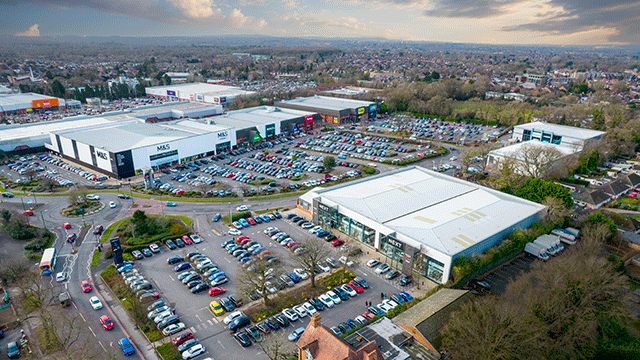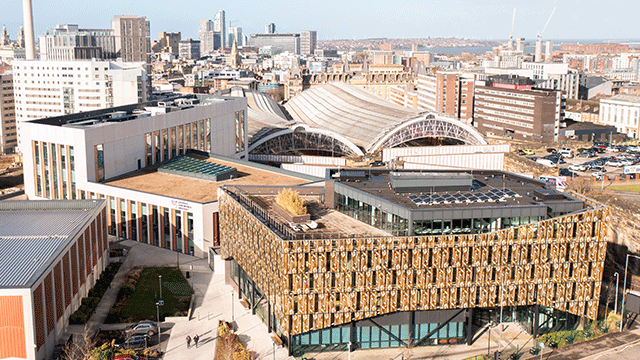Up to three quarters of retail property landlords are either considering or undertaking redevelopments, with 18% already completing projects.
If the amount of retail space at an asset needs to be reduced – or if efforts at repositioning the retail offer does not work – 85% of landlords would consider residential as an alternative use.
This is followed by health and community (80%), according to the latest findings from Savills. The survey gathered responses from 30 companies with 1,000 schemes; these firms collectively comprised 30% high street, 22% shopping centre and 20% retail parks as well as department store, supermarket and leisure assets.
Last mile logistics are being considered as an alternative use by 30% of landlords, largely by retail park and shopping centre owners, given the growth in ecommerce and click-and-collect.
The research also found that 50-65% of landlords were considering improved workspace, student living and retirement living.
Landlords indicated that 43% of their retail assets have a degree of oversupply in retail space, but considered only 31% of their schemes to be relevant to the repurposing proposition.
Only 12.5% of companies believed that repurposing opportunities will be almost entirely constrained to London and the South East. A further 19% expected the majority of redevelopments to occur in London and regional cities. However, the remainder thought these would be more wide-ranging.
Nearly a quarter (23%) stated that they would undertake a redevelopment themselves, while 19% would seek local authority support and 17% would seek a development partner. However, 31% indicated they were more likely to sell the asset, with or without planning permission, rather than undertake the work themselves.
Tom Whittington, retail and leisure research director, said: “There has been a lot of talk of late about there being too much retail space in the UK, but opportunities are certainly still there if the right tenant mix, with innovative and differentiated retail occupiers, is considered. The best examples of repurposing are often those that bring in a suite of alternative uses, which complement one another and, of this, retail can still continue to play a huge role.”
Empty shops
Total voids in the UK accounted for more than 75m sq ft of retail space, the report found. Across retail, 40% of voids have been vacant for more than three years (31m sq ft).
In the top 10 regional cities alone, Savills estimated there is 1.2m sq ft of redundant retail floorspace from voids of more than three years.
Shopping centres typically fared better, with an average of 32% voids being vacant for more than three years. In secondary and tertiary shopping centres, where voids already average 17% and 25% respectively, long-term voids account for more than 40%.
This compares with an average shopping centre vacancy rate of 14%. Meanwhile in out-of-town retail, long-term voids affect 26% of vacant units, but with the vacancy rate at 5% this is “a much less significant issue” than centres.
Local authority investment
Since January 2016, 25 shopping centre transactions (5.5m sq ft), of lots sizes above £5m, have been purchased by local authorities. Savills said this accounted for around £770m of investment and 13% of transaction volumes during this period.
Activity has spanned all regions in England, but has not yet occurred in Scotland, Wales or Northern Ireland.
The biggest purchase was The Mall in Camberley, which the council bought in an £86m, off-market deal. The council also bought the adjacent House of Fraser and Nationwide in a separate transaction.
To send feedback, e-mail pui-guan.man@egi.co.uk or tweet @PuiGuanM or @estatesgazette




